Nestled in the heart of Hanoi’s Old Quarter is Nguyen Huu Huan Street, a lively thoroughfare that encapsulates the city’s vibrant blend of history, commerce, and culture. The street’s rich narrative begins during the French colonial era and spans several decades, during which it has evolved into a hub of economic and cultural activity.
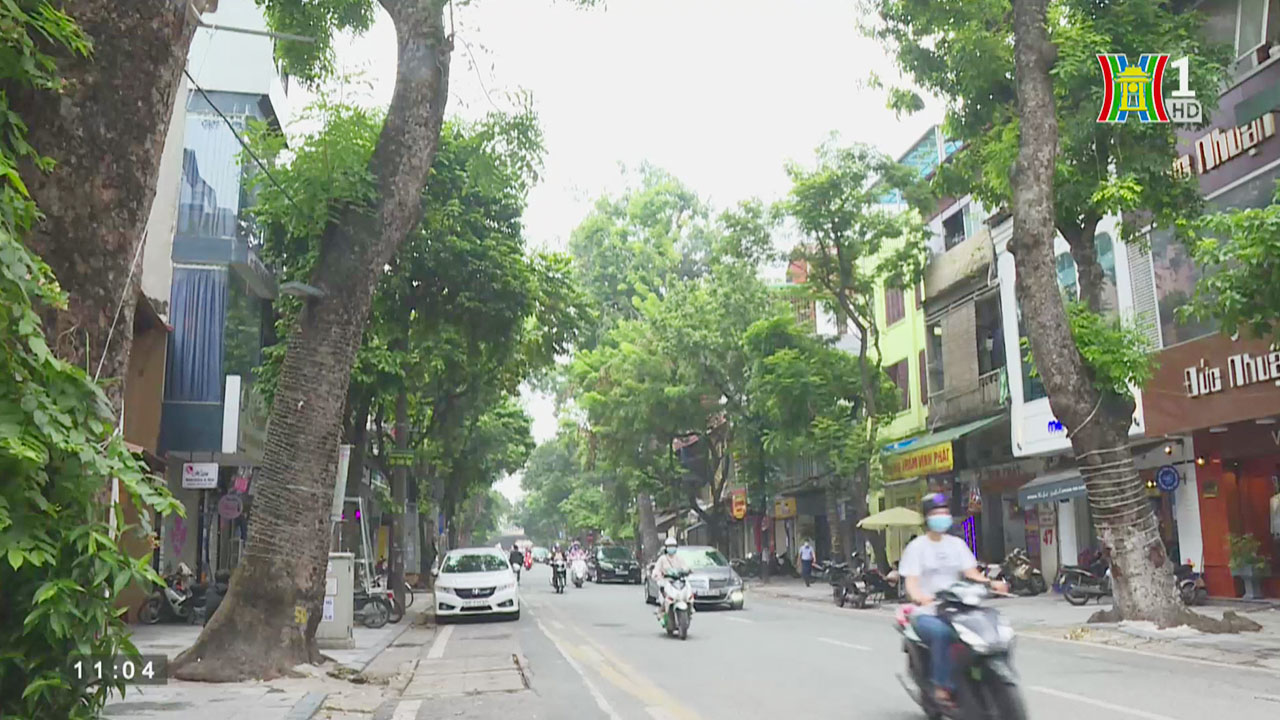
Today, Nguyen Huu Huan Street is renowned for its eclectic mix of charming cafés, bustling markets, and culinary delights. Visitors and locals are drawn to its energetic atmosphere, savoring a unique urban experience that reflects Hanoi’s past and present. Whether you’re strolling through its historic lanes or indulging in its famous street food, Nguyen Huu Huan Street offers a unique glimpse into the dynamic tapestry of life in Hanoi’s Old Quarter.
Historical background of Nguyen Huu Huan Street
Nguyen Huu Huan Street in Hanoi boasts a rich historical tapestry, with its roots deeply intertwined with the city’s evolution through times of change and adaptation. Integral to Hanoi’s vibrant Old Quarter, this street has undergone numerous transformations, particularly during the period of French colonization. This era marked significant shifts in its identity and purpose, as indicated by its varied names throughout history.
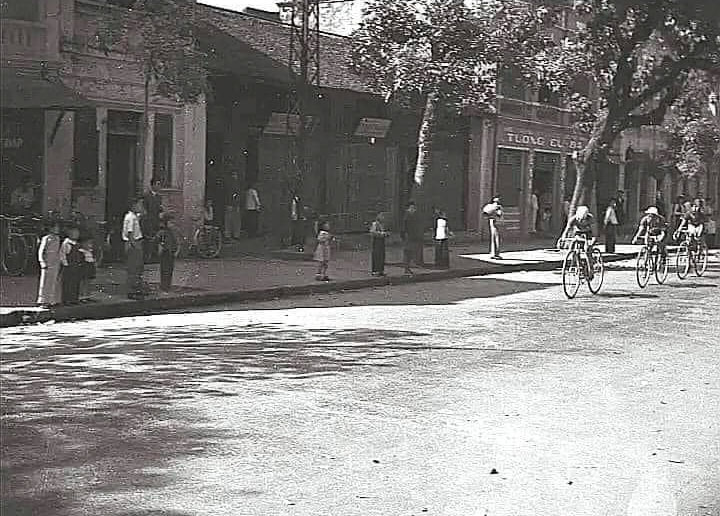
Originally, it came to be known as Rue Paul Bert during the colonial period, a nod to French dominance. Over time, as Vietnam sought to reclaim its identity, the street’s name evolved, reflecting broader socio-political changes in its wake. As you delve into the historical tapestry of Nguyen Huu Huan Street, you discover a microcosm of Vietnam’s resilience and identity, setting the stage for the unfolding stories of economic activities and cultural significance on this remarkable street.
Name changes throughout history
Nguyen Huu Huan Street, like many other streets in Hanoi, has witnessed several name changes, each reflecting the socio-political tides of its time. Initially dubbed Rue Paul Bert during the French colonization, the street mirrored the French colonial influence that permeated through Hanoi’s architecture and culture. With their penchant for renaming streets after familiar figures or locales, the colonizers left indelible imprints on many parts of Vietnam, Nguyen Huu Huan being no exception.
As wars and political shifts dominated Vietnam’s timeline, Nguyen Huu Huan Street transitioned from Rue Paul Bert to being named after General Pétain, marking the fleeting political influences of the time. Eventually, its identification shifted yet again to Bac Ninh Street, named after a northern Vietnamese province, a nod to the localization efforts evident during post-colonial changes.
| Historical Name | Period |
|---|---|
| Rue Paul Bert | French Colonial Era |
| General Pétain Street | Early 20th Century |
| Bac Ninh Street | Mid-20th Century |
| Phan Thanh Gian Street | Anti-French Movement |
| Nguyen Huu Huan | Present |
Beneath the layers of name changes lies a street that was, and still is, a place of tremendous economic and cultural importance. With each new name, Nguyen Huu Huan Street not only signaled changing political regimes but also symbolized a new chapter in Hanoi’s enduring spirit. The final name, Nguyen Huu Huan, honors a legendary figure in Vietnamese history, signifying a return to cultural and national roots.
These names were not mere labels but intricate narratives highlighting the evolving identity of Hanoi itself, embodying the resilience and adaptability of Vietnam. The street today serves as a symbol of Hanoi’s transformation from colonial occupation towards autonomy and self-identity, a reminder of a city that has stood the test of time.
Influence of French colonization
The imprint of French colonization is indelibly etched into the urban and cultural landscape of Nguyen Huu Huan Street. Once known as Rue Paul Bert, its infrastructure and aesthetic were heavily shaped by French architectural styles, including the intricate façades and elegant balconies that line the street. This colonial influence permeated various aspects of life, steering the commercial vibrancy that Nguyen Huu Huan Street is renowned for even today.
French colonizers left a lasting mark on economic activities by introducing a spectrum of businesses that thrived alongside local markets. They facilitated commerce through implementation of organized trade practices that the street carries into its current identity. The transformation brought by French colonial powers was not merely in economic terms; it also brought a clash of cultures that redefined social structures and interactions on the street.
During this era, Hanoi’s identity was caught at the crossroads of cultures, with French influence permeating everyday life from culinary habits, evolving from indigenous dishes to fusion cuisine options embodying an evolving Vietnamese culinary narrative that continues to capture the imagination of Nguyen Huu Huan Street’s visitors.
- Cultural Impressions: Introduction of cafés serving French-inspired pastries and coffee.
- Architectural Influence: Notable colonial buildings with French-style facades.
- Economic Shifts: Establishment of shops and businesses adopting Western styles of commerce.
- Societal Impact: Reshaping of public spaces and community interactions due to French social customs.
The heritage of colonization, while leaving an indelible mark, also instigated a dynamic cultural evolution. Nguyen Huu Huan Street morphed into a vibrant medley of Eastern and Western influences, embodying the culinary, cultural, and commercial synthesis that continues to entice locals and tourists alike. Despite the complex history, the street stands as a testament to the entwined narratives of colonization and cultural growth that marked a unique chapter in Hanoi’s storied past.
Economic activities on Nguyen Huu Huan Street
The economic landscape of Nguyen Huu Huan Street reflects an intriguing transition from traditional industries to modern commercial ventures. Known historically for its bustling wood trade, the street has embraced modernity without losing its distinctive character, now being home to a plethora of trendy cafes, boutiques, and markets alongside traditional wood shops. These diverse business activities not only highlight the economic evolution of Nguyen Huu Huan Street but also underline its pivotal role in Hanoi’s commercial narrative.
Traditional wood trading
Nguyen Huu Huan Street was long defined by its association with traditional wood trading. In the early 20th century, this street was replete with workshops that carved exquisite furniture pieces, rich in texture and tradition. These businesses crafted more than furniture they sculpted sustainable livelihoods and familial trades that thrived within Hanoi’s expanding economy.
Many shops stood out due to their signage prominently featuring the word “Lam,” meaning wood in Vietnamese, which proudly announced their craft to passersby. This street became synonymous with high-quality wood products, earning a reputation as the city’s primary wood commerce hub. A short stroll along Nguyen Huu Huan would be completely replete with the rhythmic knocks and calls of traders touting bespoke and ornate furniture.
- Key Attributes of Wood Trading:
- Artisans based along the street crafting custom wood furniture.
- Distinctive shop signs demarcating wood-related goods.
- Workshops handling multiple orders catering to contemporary and traditional designs.
Despite its historical significance, the late 1990s marked a tipping point for this bustling street. The onset of outsourcing production to surrounding villages became prevalent, and the street began to transition away from its personal workshops. However, long-standing wood trading traditions of Nguyen Huu Huan continue to echo through time, symbolizing an era where woodcraft thrived amidst modern innovations.
Modern business trends
In contemporary times, Nguyen Huu Huan Street has deftly adapted, ushering in an era characterized by modern business trends that draw in both tourists and locals. The street brims with diverse retail setups including chic boutique stores, vibrant cafés, and eclectic markets, all ringing with the dynamic swell of Hanoi’s modernization.
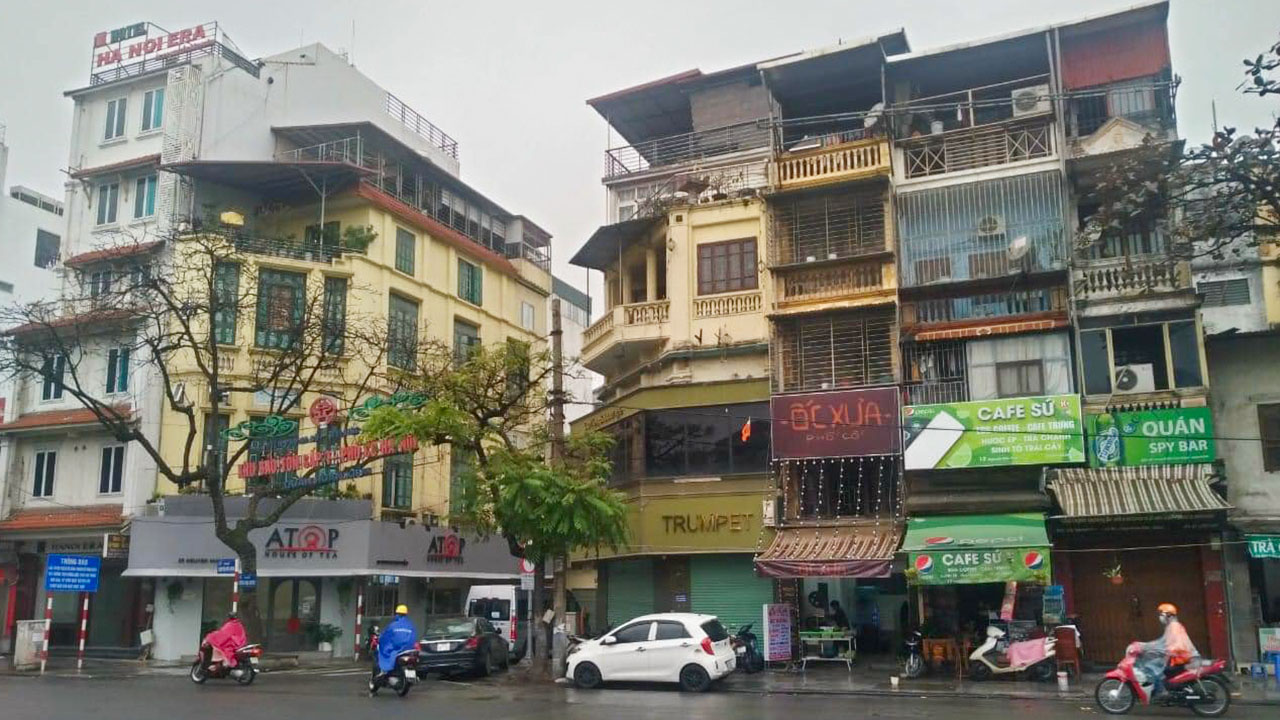
Today’s economic activities on Nguyen Huu Huan offer a vibrant cornucopia of gastronomy and retail. Eateries such as Xoi Yen and Café Giang have burgeoned into culinary beacons, serving signature Vietnamese dishes like sticky rice and egg coffee. These businesses thrive on blending tradition with modern sensibilities, providing a unique dining experience that defines Hanoi’s culinary appeal.
From quaint establishments showcasing local handicrafts to bespoke shops offering fashionable attire, there’s something for everyone seeking retail therapy or gastronomic delight. Nguyen Huu Huan has transitioned into a nucleus of cultural interaction and economic entanglements, embodying Hanoi’s integration of global influences while maintaining a domestic essence.
- Contemporary Business Highlights:
- Trendy shops lining the vibrant street offering unique fashion finds.
- Popular cafes that fuse traditional Vietnamese flavors with modern culinary trends.
- Bustling markets catering to the eclectic tastes of locals and tourists.
The trajectory of Nguyen Huu Huan Street moving from traditional wood trade to diverse retail offerings speaks volumes of the broader economic shifts within Hanoi. This street, today, characterizes Hanoi’s prowess in combining rich traditions with fresh, modern elements, creating a dynamic commercial landscape that remains pivotal in Vietnam’s ever-evolving economic narrative.
Cultural significance of Nguyen Huu Huan Street
Nguyen Huu Huan Street holds a unique place in the tapestry of Hanoi’s cultural and artistic dimensions. Each corner of this street resonates with the city’s distinct heritage, where cafés function as informal art galleries and social hubs, linking tradition with modernity. The street has evolved into a melting pot of cultural influences, showcasing local charms blended with inherited colonial architectures. It is not only a commercial artery but a cultural venue where Hanoians and tourists alike partake in longstanding rituals that define the essence of Hanoi’s urban culture.
Artistic influence and local cafés
Nguyen Huu Huan Street plays a pivotal role in supporting Hanoi’s vibrant artistic community by facilitating intimate cultural exchanges. Lam Cafe, established in 1952, is at the heart of this movement, hosting memories and stories of a bygone era. This café is renowned for its resonating ties with icons such as Van Cao and Bui Xuan Phai, among others, nurturing a creative spirit that lingers to this day. Such cafés have historically been gathering places promoting intellectual discourses and artistic endeavors.
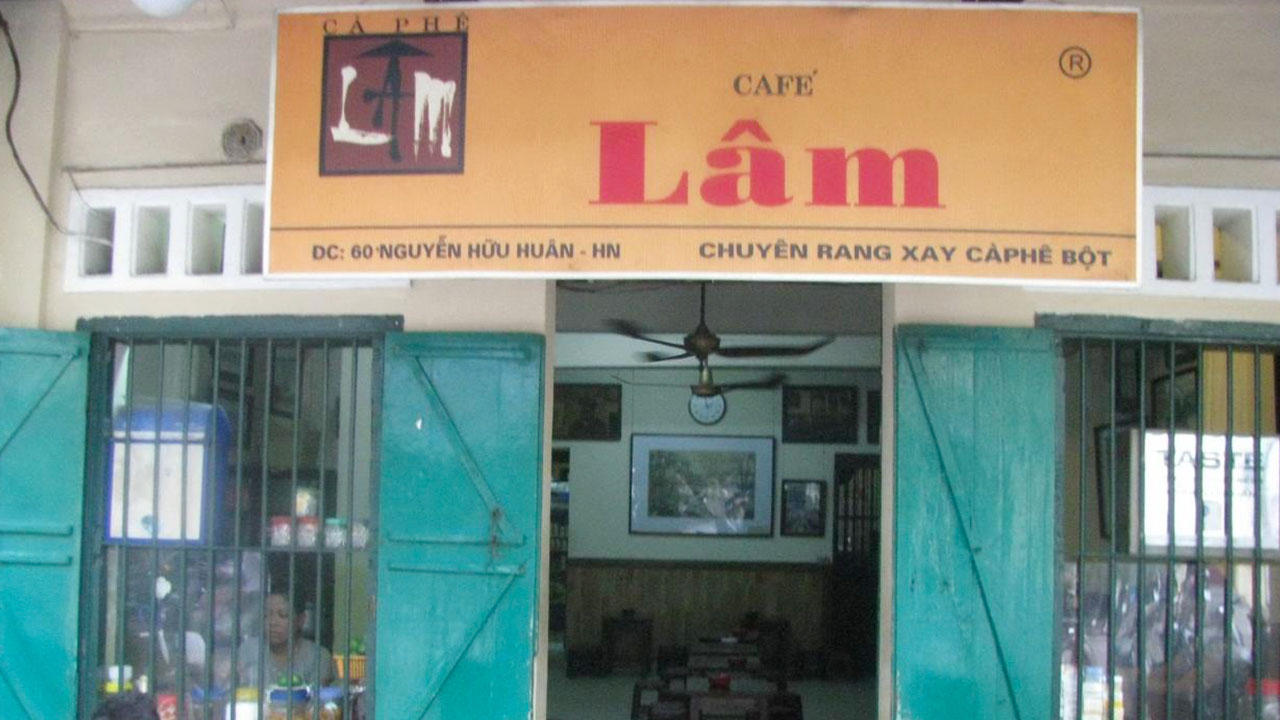
Café Culture: embodies the sensorial exploration of Vietnamese coffee at its finest. Iconic establishments, like Café Giang, attract patrons with their unique egg coffee blends, representing innovative approaches to common drinks that redefine local culinary tastes. The cozy allure of these local cafés enraptures visitors within a symphony of sounds and scents aromas of fresh brews mingling with the ambiance of social exchanges echoing through the vibrant streets.
- Key Elements of Café Culture on Nguyen Huu Huan:
- Lam Café: stands as a beacon for the interplay between art and leisure, intertwined with Hanoi’s cultural fabric.
- Café Giang: draws crowds with its inventive egg coffee, offering a taste of Hanoian coffee innovation and tradition.
- Art salons: function as informal galleries and meeting spots for some of Vietnam’s illustrious artistic figures.
Artistic Nexus: Alongside cafés, the street is a notable central node for artistic expression. Beyond simply a place to sip coffee, these locales serve as an inspiration pool where interactions between artists, literary figures, and patrons catalyze thriving cultural discourse. With each painted facade and curated display, Nguyen Huu Huan morphs into a canvas painted with creativity, vibrant exchange, and an appreciation for Hanoi’s artistic heritage.
Notable places to visit: Lam Cafe and Xoi Yen
When exploring Nguyen Huu Huan Street, key cultural spots such as Lam Cafe and Xoi Yen capture the essence of Hanoian cultural heritage. Lam Cafe, with its storied past, mingles history with the present, preserving strong coffee rituals through traditional methods that stand unyielding against modern commercial waves. Located conveniently at 60 Nguyen Huu Huan, this café enriches the cultural fabric by associating with pivotal artists and intellectuals, providing a nesting ground for cultural reflection.
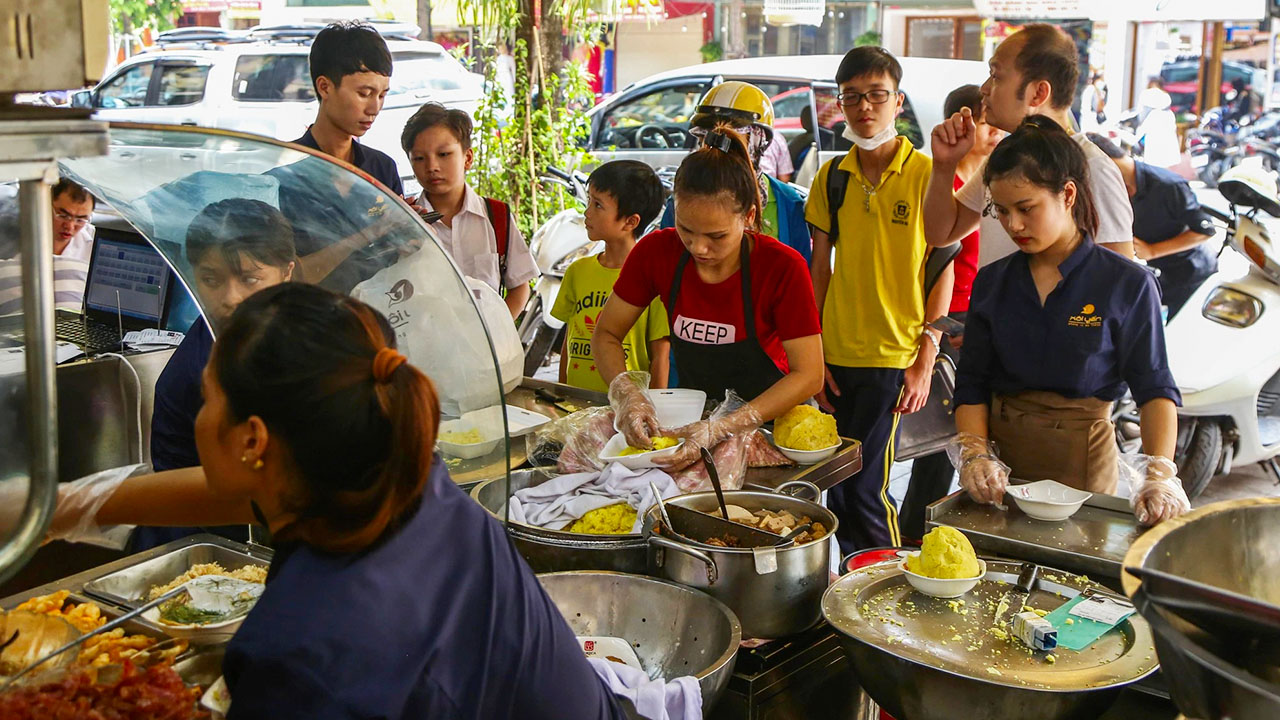
In juxtaposition, Xoi Yen, nestled prominently at 35B Nguyen Huu Huan, offers a delightful entrée into Vietnamese cuisine, specializing in xôi sticky rice, versatile yet rooted in tradition. The range and variety of toppings invite diners into an exploration of flavor profiles that celebrate heritage through gastronomy. Xoi Yen invokes a narrative that ties agricultural roots to modern culinary practices, showcasing a fusion of hearty ingredients and timeless techniques.
- Iconic Presence on the Street:
- Lam Café: A sanctuary for traditional coffee enthusiasts, steeped in art and dialogue.
- Xoi Yen: Celebrated sticky rice dishes that encapsulate cultural staples and nourish through savory explorations.
These establishments contribute to Nguyen Huu Huan Street’s bustling vibrancy, offering visitors a unique passageway into the cultural and culinary heart of Hanoi. Their unfaltering presence represents a confluence of tradition, modernity, and community connection, as they anchor Nguyen Huu Huan as an emblematic venue within Hanoi. Together, these cultural spots imbue the street with charm and history, characterized by welcoming locales that invite all who wander its pathways to savor the richness of Hanoi’s historic magic.
Culinary delights of Nguyen Huu Huan Street
Nguyen Huu Huan Street is a culinary mecca for those seeking unparalleled taste adventures through Hanoi’s rich food landscape. It is well-regarded for offering intricate dishes that stand as delights for both traditional palates and those eager for contemporary culinary creations. The street’s eateries showcase the essence of Vietnamese gastronomy, from comfort street foods to innovative drink concoctions, all embodying the vibrancy and complexity of Hanoi’s culinary story.
Signature dishes: egg coffee and sticky rice
Among the street’s renowned treasures are signature dishes like egg coffee and sticky rice, drawing food enthusiasts to Nguyen Huu Huan for a taste of Hanoi’s distinctive offerings. Egg Coffee is an exceptional concoction that ingeniously merges bitter Vietnamese coffee with a creamy blend of whipped egg yolks and condensed milk, resulting in a sweet, velvety froth atop rich coffee layers. This brew showcases the inventive spirit that typifies Hanoi’s evolving beverage culture, delighting all who experience it at Café Giang, dubbed its “birthplace,” where legendary flavors have been cherished since the 1940s.
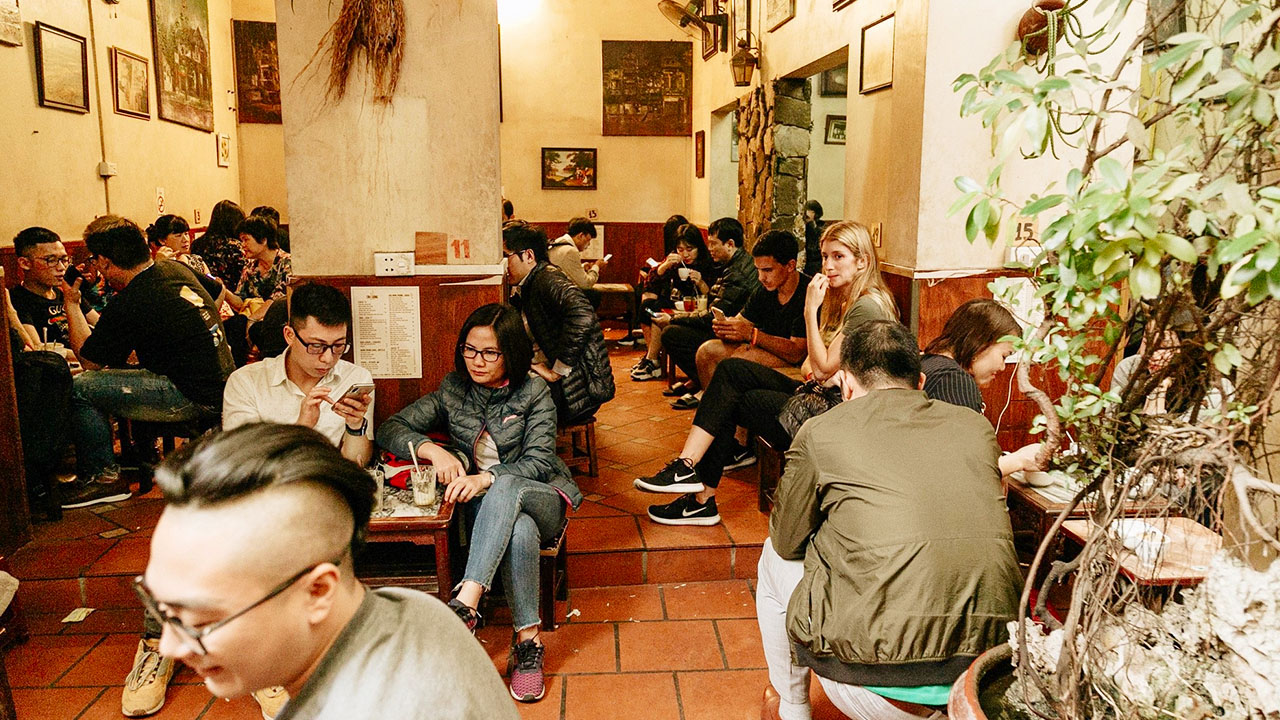
Sticky Rice, or Xoi Xeo, becomes a rite of passage for anyone delving into Hanoi’s culinary soul. Offered at Xoi Yen, the dish is an iconic carbohydrate staple in Vietnamese cuisine, adorned in an array of savory toppings such as braised pork, mung beans, and fragrant yellow rice. It engages diners’ senses, delivering comforting satisfaction with every bite, crafting an ageless culinary experience. Caressed by Hanoi’s aromatic air, these dishes evoke memories of familial gatherings and local culinary traditions cherished through generations.
- Highlights:
- Café Giang’s Egg Coffee: Blending coffee with egg yolk and milk for a creamy delight.
- Xoi Yen’s Sticky Rice: Serving traditional rice dishes with modern toppings.
These signature dishes are not just mere offerings but are symbols of Nguyen Huu Huan’s culinary identity, bridging the roots of historical flavors with dynamic expressions of modern tastes. Visitors to the street are treated to culinary dialogues that intertwine traditional values with novel reinterpretations, epitomizing Hanoi’s thriving food culture in every hearty mouthful.
Popular eating establishments
Whether seeking local favorites or trailblazing new palate adventures, Nguyen Huu Huan Street overflows with popular eating establishments that capture the true essence of Hanoi’s gastronomic culture.
Giang Café, famed for its groundbreaking egg coffee blend that embodies Vietnam’s innovative coffee evolution since the 1940s, stands as a must-visit locale where each sip carries gentle hints of memories preserved within aromatic brews. Meanwhile, for aficionados of rice-based dishes, Xoi Yen delights patrons with a curated selection of sticky rice delicacies, balancing flavors that reflect the adaptability and warmth central to Vietnamese cuisine.
- Popular Spots Include:
- Café Giang: Iconic for its pioneering egg coffee experience.
- Xoi Yen: Known for its meticulously crafted sticky rice selections.
- Additional local street food stalls: Offering diverse flavors from Hanoi’s culinary landscape.
Supplementing these icons are myriad local street food stalls scattered throughout, popping up through the bustling markets, inviting exploration into the range of traditional and modern Vietnamese food experiences. These establishments represent more than just food outlets; they are communal venues fostering connections between history, culture, and culinary artistry, anchoring Nguyen Huu Huan Street as a culinary destination beckoning all with promises of delightful flavors and rich cultural explorations.
Comparison with other streets in Hanoi
Nguyen Huu Huan Street stands as a remarkable urban hub within Hanoi, yet its narrative is shared with neighboring streets that collectively illustrate the city’s eclectic character. As you compare Nguyen Huu Huan with its counterparts, such as Cau Go Street and Tran Nhat Duat Street, notable contrasts and similarities highlight distinct experiences unique to navigating Hanoi.
Nguyen Huu Huan Street vs. Cau Go Street
Nguyen Huu Huan Street and Cau Go Street are two distinct yet equally captivating journeys through Hanoi’s bustling Old Quarter. Each street carries its own unique charm, inviting curious explorers to appreciate the different textures that make up Hanoi’s cultural fabric.
Nguyen Huu Huan Street exudes vibrancy and vivid history, characterized by colonial architecture interspersed with modern attractions. Renowned for its signature culinary delights, like egg coffee and Xoi Yen’s sticky rice, it draws food lovers and history buffs who wander along a 300-meter path accented by the colors and sounds of bustling oe e haveten nearby landmarks such as Hoan Kiem Lake add further allure to its cultural draw.
Cau Go Street presents a different yet similarly engaging experience at approximately 250 meters long. Known for its strategic location, it boasts panoramic views of Hoan Kiem Lake and a harmonious blend of traditional and modern flavors. Its unique history ties back to a legendary wooden bridge once connecting Hang Dao Lake with Hoan Kiem Lake, lending character to its storied ambience. With numerous eateries and shops adorning its path, Cau Go Street is a go-to location for coffee enthusiasts and those seeking an ambient coffee shop experience accompanied by scenic vistas.
- Comparative Insight:
- Nguyen Huu Huan Street: Renowned for its culinary excellence and historical significance.
- Cau Go Street: Offers delightful lake views and a leisurely, coffee-centric vibe.
Despite differences, both streets invite immersions into Hanoi’s rich cultural landscape. Nguyen Huu Huan’s culinary and historical contributions contrast intriguingly with Cau Go’s relaxed, scenic offerings, creating a dynamic interplay where visitors relish distinct aspects of Hanoi’s cultural milieu.
Nguyen Huu Huan Street vs. Tran Nhat Duat Street
Nguyen Huu Huan Street charts a narrative of vibrant commerce and bustling social activity, standing in contrast to Tran Nhat Duat Street, a notable thoroughfare within Hanoi’s Old Quarter marked by its unparalleled connectivity. These streets, though situated close by, depict differing aspects of urban rhythm etched into Hanoi’s tapestry.
Nguyen Huu Huan Street emphasizes cultural attractions, evidenced through its vibrant cafés, rich culinary heritage, and thriving market atmosphere. Iconic spots like Café Giang and Xoi Yen stand as gastronomic treasures, encompassing culinary history and innovative taste evolutions nestled in the street’s thriving presence, feeding the curiosity of both tourists and local denizens.
By contrast, Tran Nhat Duat Street represents more utilitarian functionality, connecting various neighborhoods and streets within the Old Quarter, acting as a vital link intertwined with Hanoi’s broader urban framework. Its proximity to the Red River lends this street a scenic outlook, contrasting with the densely packed marketplaces populating Nguyen Huu Huan Street. Simultaneously, Tran Nhat Duat Street provides a less merchant-heavy experience, giving way to a nuanced perspective of Hanoi’s more serene facets.
- Contrasting Nuances:
- Nguyen Huu Huan Street: Burgeoning commerce, vivid culinary scene, art cafés, and cultural exchanges.
- Tran Nhat Duat Street: Strategic connectivity with serene pathways parallel to the Red River.
Each street contributes to Hanoi’s vibrant pulse a duality where Nguyen Huu Huan celebrates local flavors and artistry in a crowded yet delightful cacophony while Tran Nhat Duat emphasizes seamless connectivity and tranquil exploration, enriching the layered exploration of Hanoi.
FAQs
- What is Nguyen Huu Huan Street known for?
Nguyen Huu Huan Street in Hanoi is famous for its vibrant mix of cafés, shops, and street food, particularly its egg coffee and sticky rice at popular spots like Café Giang and Xoi Yen. - How has Nguyen Huu Huan Street changed over time?
Originally a hub for wood trading, Nguyen Huu Huan Street has evolved into a lively destination with diverse retail and cultural offerings reflecting Hanoi’s modern yet traditional spirit. - What notable landmarks are near Nguyen Huu Huan Street?
Key landmarks like Hoan Kiem Lake, St. Joseph’s Cathedral, and Bach Ma Temple are located near Nguyen Huu Huan Street, adding historical and cultural appeal to its bustling environment. - Which cafes should I visit on Nguyen Huu Huan Street?
Café Giang and Lam Cafe are must-visit spots on Nguyen Huu Huan Street. Café Giang is well-known for its iconic egg coffee, while Lam Cafe offers traditional vibes with strong Vietnamese coffee. - What are the differences between Nguyen Huu Huan Street and Cau Go Street?
Nguyen Huu Huan is known for its culinary delights and business vibrancy, whereas Cau Go Street offers a more scenic, laid-back environment with views of Hoan Kiem Lake.
Key Takeaways
- Historical Evolution: Nguyen Huu Huan Street has undergone significant transformations reflective of Hanoi’s rich colonial history and continued cultural evolution.
- Culinary Delights: The street’s signature dishes, like egg coffee and sticky rice, emphasize Hanoi’s unique gastronomy.
- Cultural Impact: Cultural hubs such as Lam Cafe epitomize art and social dialogue, resonating with Hanoi’s artistic legacy.
- Economic Transition: Originally marked by traditional wood trading, the street now features diverse modern businesses enveloping tourism and hospitality.
- Distinct Urban Character: Compared with other streets in Hanoi, Nguyen Huu Huan offers a blend of commerce, tourism, culture, and leisure, appealing to diverse interests.
- Notable Landmarks Proximity: Easy access to significant landmarks enhances Nguyen Huu Huan Street’s appeal, placing it within the nucleus of Hanoi’s vibrant Old Quarter.
Conclusion
Nguyen Huu Huan Street stands as a captivating microcosm of Hanoi’s historical and cultural essence, where past and present weave an enthralling narrative. From its colonial beginnings etched with French influences to modern-day vibrancy showcased through exceptional culinary experiences and bustling marketplaces, the street holds a majestic allure for locals and tourists alike. What elicits profound fascination is its ability to balance historical significance seamlessly with contemporary vibrancy, reflecting the resilience and adaptability that epitomizes Hanoi. Nguyen Huu Huan serves not only as a culinary and cultural destination but also as a testament to the dynamic heart of the city, offering a unique atmosphere inviting exploration and enjoyment within one of Vietnam’s most storied locales.


